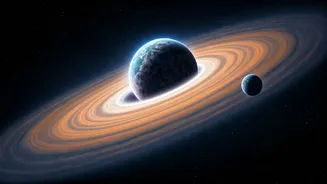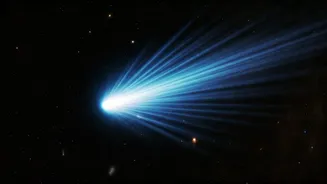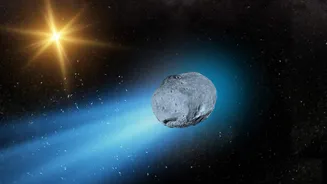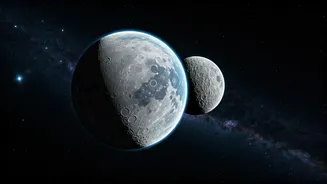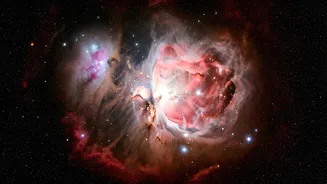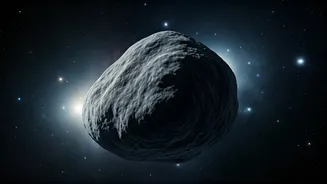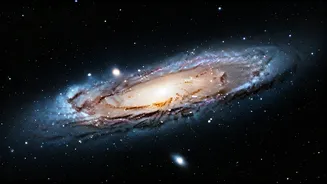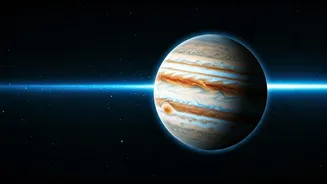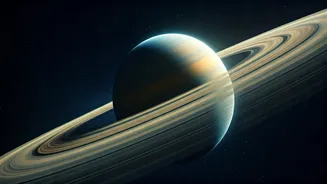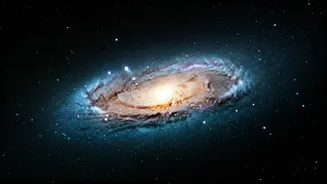Giant Planets Group
The first step in understanding our solar system involves recognizing the giant planets: Jupiter, Saturn, Uranus, and Neptune. These celestial bodies,
represented in blue in the initial diagram, collectively belong to a specific group. Their massive size and composition set them apart from the inner, rocky planets. This distinction is crucial in understanding the different types of planets and their formation processes. The giant planets' formation took place far from the sun, in a region where volatile substances like ice could condense and contribute to their growth.
Nebular Hypothesis Explained
The most widely accepted scientific explanation for how our solar system came to be is the nebular hypothesis. This theory proposes that the solar system started as a gigantic, swirling cloud composed of gas and dust. Gravity caused this cloud to collapse, forming a rotating disk. The sun formed at the center, and the planets grew from the material remaining in the disk. This model effectively explains the observed patterns, such as the nearly flat and aligned orbits of the planets around the sun. It also accounts for why the planets orbit in the same direction, a fundamental characteristic of our solar system.
Planetary Accretion Process
In the early solar system, tiny particles of dust and rock gradually came together through a process called accretion. This process involved numerous collisions over millions of years. These tiny particles started to clump together, forming larger bodies known as planetesimals. Through countless collisions and gravitational attraction, planetesimals merged to form protoplanets, which eventually evolved into the planets we see today. This gradual building-up process is a key element in understanding how the planets, including Earth, were formed. The accretion process was crucial for gathering enough mass to become planets.
Nice Model Unveiled
The Nice model, named after the city in France where it was developed, provides an explanation for the layout of our outer solar system. This model suggests that the giant planets initially formed closer together, then migrated to their current positions. This 'reshuffling' is crucial for explaining the Late Heavy Bombardment, a period of intense asteroid impacts that occurred early in the solar system's history. The Nice model helps to explain why we see the planets arranged as they are today, and how they interact dynamically with the objects around them.
The Frost Line Revealed
In the early solar system, a boundary known as the frost line played a crucial role. This line separated the hot, inner regions of the solar system from the colder, outer regions. Inside the frost line, only rocky materials could condense, which led to the formation of the inner, rocky planets like Earth. Beyond this line, volatile substances like water ice could also condense, enabling the growth of the gas and ice giants. The frost line effectively determined the composition of the planets, influencing their size and type.
Chaotic Dynamics Uncovered
In any dynamic system, such as the solar system, it becomes impossible to predict its future state with certainty after a specific timeframe. The timescale is related to a dynamic system's predictability. Planetary orbits that appear stable over short periods may become unpredictable over millions of years. This unpredictability arises from the complex interactions between celestial bodies, and the influence of gravity. The study of chaotic dynamics highlights the inherent complexity and long-term instability in seemingly stable systems, and offers insights on the limits of predictability.
